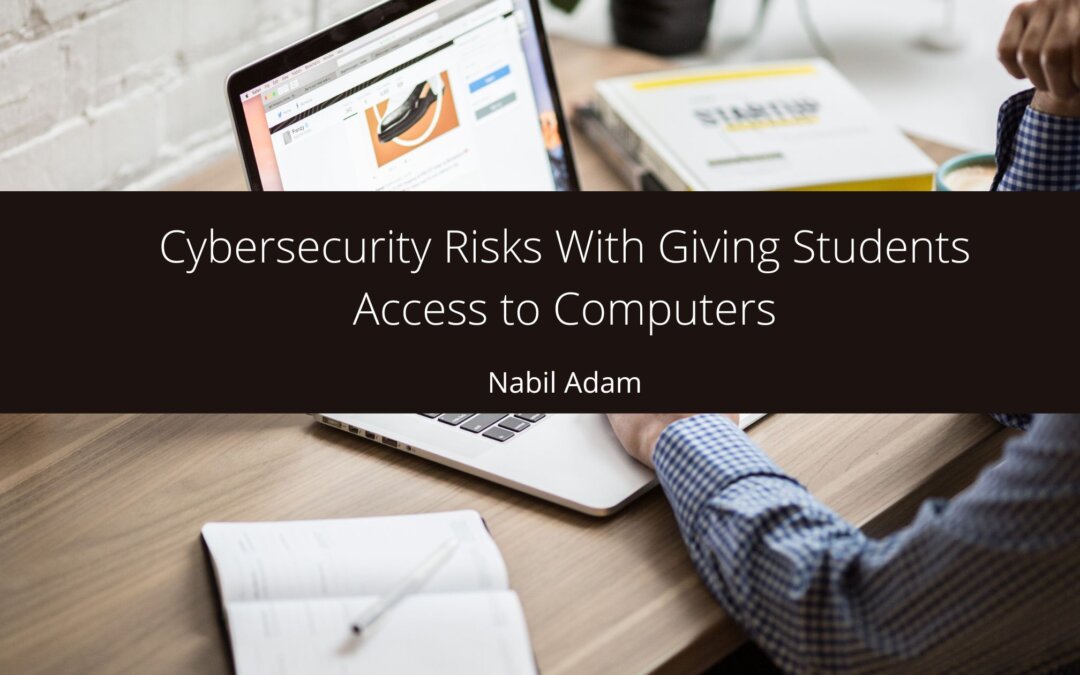The use of tech in education has become increasingly common. Many schools now provide students with access to computers and other digital devices to aid their learning. While this can be beneficial in many ways, it also comes with cybersecurity risks that schools must be aware of.
Malware and Viruses
One of the most significant cybersecurity risks associated with giving students access to computers is the risk of malware and viruses. Malware and viruses can infect a computer through various means, such as downloading files or clicking on email links. Once a computer is infected, it can compromise the security of the entire school’s network.
Schools can implement antivirus software on all computers and devices to mitigate this risk. Educating students on safe browsing habits, like not clicking on dubious links or downloading from unknown sources, is also essential.
Unsecured Wi-Fi Networks
Another cybersecurity risk associated with giving students access to computers is the risk of unsecured Wi-Fi networks. Unsecured Wi-Fi networks can be easily accessed by hackers, who can access sensitive information on the school’s network.
Schools should secure all Wi-Fi networks with strong passwords and encryption to mitigate this risk. Educating students on the importance of not sharing Wi-Fi passwords or connecting to unsecured networks is also essential.
Phishing Scams
Phishing scams are another cybersecurity risk associated with giving students access to computers. Phishing scams are emails or messages designed to trick people into revealing private information, such as usernames and passwords.
Institutions should educate students on identifying and avoiding phishing scams. This can include teaching students to look out for suspicious emails or messages and never to give away their login credentials.
Cyberbullying and Online Harassment
Cyberbullying and online harassment are growing problems in today’s digital age, and giving students access to computers can increase the risk of these issues. Cyberbullying and online harassment can seriously affect students, including mental health issues and academic difficulties.
Schools should have clear policies in place on cyberbullying and online harassment. It is also essential to educate students on the consequences of these behaviors and to provide them with resources for reporting and dealing with these issues.
Data Breaches
Data breaches are another cybersecurity risk associated with giving students access to computers. Data breaches can occur when sensitive information, such as student records or financial information, is accessed by unauthorized individuals.
Implement robust security protocols for all computers and devices, including firewalls, encryption, and access controls. It is also essential to limit access to sensitive information to only those needing it and conduct regular security audits to identify and address any vulnerabilities.
Giving students access to computers and digital devices can benefit their education, but it also comes with cybersecurity risks that schools must be aware of. By implementing robust security protocols, educating students on safe browsing habits, and having clear policies for cyberbullying and online harassment, schools can mitigate these risks and provide a safe and secure learning environment.

